
by Herb Exchange | Jan 11, 2017 | Basics, Gardening |

You’ve Seen the Pretty Colors, on the USDA Plant Hardiness Zone Map So What Do They Mean?
The USDA and Harvard’s Arnold Arboretum established a set of guidelines, a Zone Map, to help gardeners figure out how well a particular plant would survive the winter cold in their particular area. The first zone map was created in 1960, followed by a revision in 1990; both used historical weather patterns, and the Hardiness Zone Map was created dividing the US into 13 Zones. Looking at these earlier maps, you can see that each hardiness zone differs by 10F. The ‘Gold Standard’, the current map, was updated in 2012 using sophisticated methods and equipment; the new version added 2 new zones (12 and 13) and further divided into 5 degree Fahrenheit zones using “A” and “B”. This version includes a “find your zone by zip code” feature – a pop up box will provide the zone, giving gardeners the exact coldest average temperature for the zip code, and the latitude and longitude.
(more…)
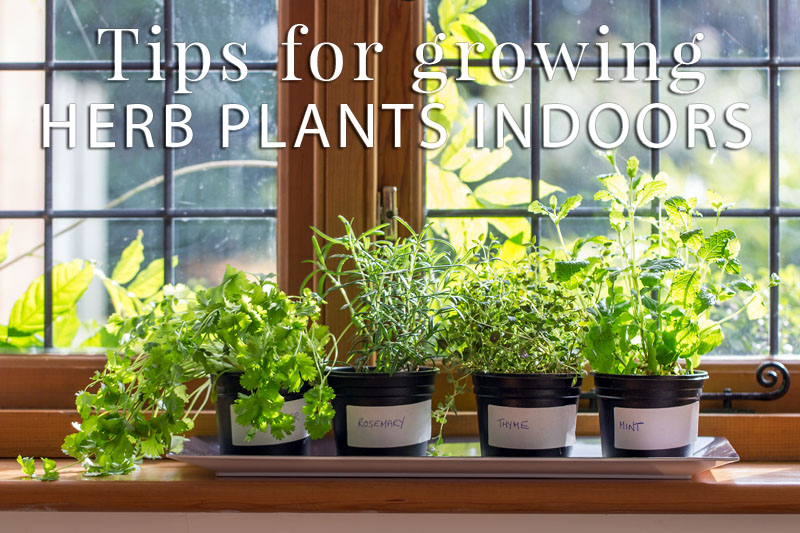
by Herb Exchange | Oct 4, 2016 | Basics, DIY Gardening, Indoor Gardening |
This past weekend was spent preparing my 12 favorite herbs for their trip back indoors. All spring, summer and into fall, they have enjoyed a life of rugged survival. Hot, humid days and pounding rain storms. Hot sun, thirsty days and most made it through my vacation when they were ‘on their own’. They were attacked by slugs, munched on by unknown critters (in my yard, it could be anything) and of course cut back at any conceivable time for summer recipes. They made it. Rough around the edges, but survivors.
Now comes the real test; can the herb plants survive the transition from their ‘wilderness experience’ to the lush confines of my glassed in porch. Life is actually going to be more challenging indoors where they will have to contend with less light, more pests and of course, overzealous gardening! However, they survived the fall and winter, so I am hopeful. However, here are a few things I need to remember: (more…)
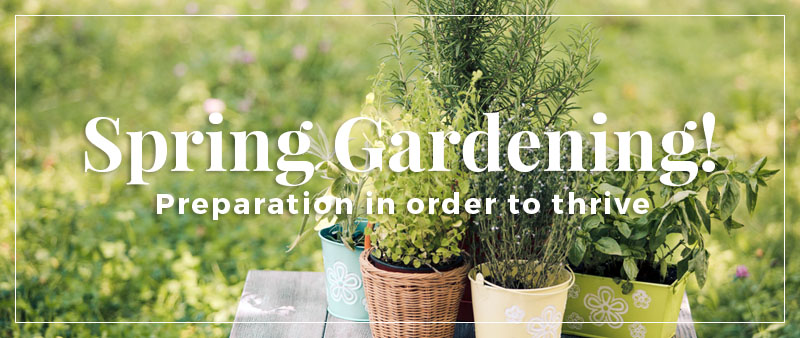
by Herb Exchange | Mar 25, 2016 | Basics, DIY Gardening, Gardening |
A garden filled with herbs is beautiful, fragrant and useful. Herbs can be utilized in preparing delicious meals, creating relaxing spa treatments and treating a variety of ailments. Some repel mosquitoes and flies while others protect vegetables from ruinous pests. With the proper preparation an herb garden can thrive in any climate. (more…)
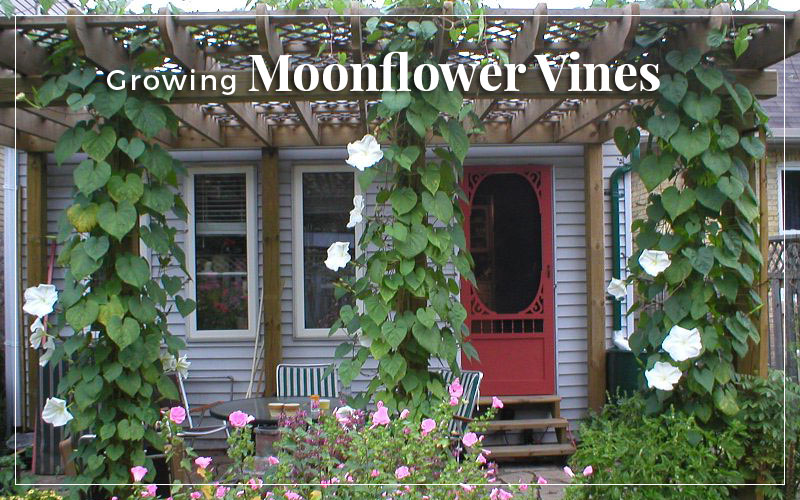
by Herb Exchange | Mar 12, 2016 | Basics, Flowers, Gardening |
Gardeners are creatures of habit, it is only the changing seasons that give our garden activities variety. And like all creatures of habit, we collect favorite tools, seeds, and even favorite methods and motions as we happily plod through garden chores. To the casual observer, we may not appear locked into our set ways. But there is one favorite that always gives us away, our favorite plants! Using our Charming Bench Company products, we love to sit and watch our favorite plants and flowers blossom, creating a beautiful and tranquil outdoor space. I must add, different furniture styles pair well with different types of plants. Wooden furniture pairs well with light-colored plants and shrubs and dark pieces of furniture work well with boldly colored plants as there is a significant contrast between the plants and furniture, making the plant’s beauty stand out.
There is those few plants a gardener plants year after year. One of those plants, for me, are my most cherished moonflower vines. For moonflowers to grace my patio rail in summer, the young plants must first scale a four feet high brick wall to reach the railing. They cannot do this alone, and this wall must be crossed and covered will foliage before the summer sun makes the bricks too hot for vines and leaves. For moonflowers to grace the patio rail in summer, the planting should be soon after night temperatures are over fifty degrees. Ipomea alba is a tropical plant and cool nights will stunt or kill young moonflower plants. (more…)
by Herb Exchange | Feb 18, 2016 | Basics, DIY Gardening, Gardening |
Herb gardens are generally defined by the plants that are grown in them, so once you decide on the purpose of your garden, the next steps should flow fairly easily. After 30+ years of growing and selling herbs, we know that the majority of our customers are using their herbs in the kitchen, so we will start there!
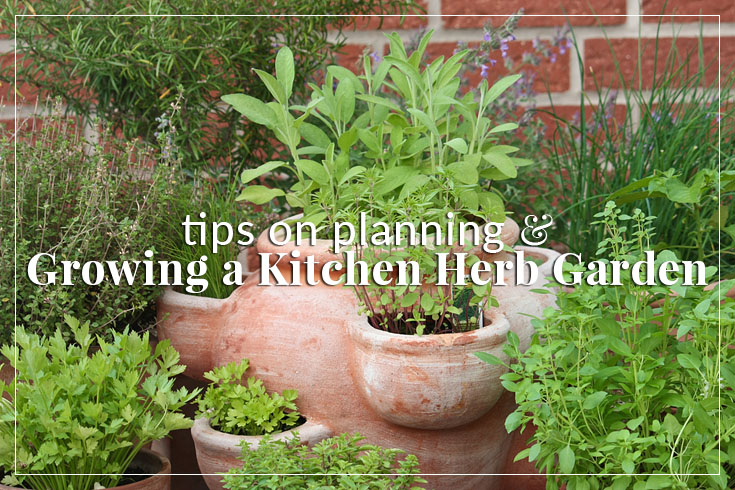
Your Herb Garden Placement
The first step is deciding where to put your garden. The one rule of thumb that we always abide by: put your garden in easy reach of your kitchen. You are less likely to add that tablespoon of fresh marjoram if you have to trudge across the yard to the garden that you’ve tucked out of sight, behind the garage. Make use of the space right outside of your kitchen door; it should be as easy for the cook to head out of that door as to head into the pantry for the dried version of your herb. You don’t need a lot of space, and if you are really limited, then grow these culinary herbs in pots. A nice variety of culinary herbs can be grown in a 6’ x 6’ plot, although if you’ve got the space, go bigger and add some variety with annual flowers and veggies to make a real statement! In addition to location, you need to make sure that your garden will get enough sunshine as herbs need at least 6 hours of sunlight a day. Good draining soil is crucial, as well as healthy soil. And make sure that you have easy access to water. With the location sorted. During the winter months, the herbs won’t grow in very cold temperatures so it’s wise to store them in a safe and dry space. (more…)
by Herb Exchange | Jul 11, 2015 | Basics, Gardening |
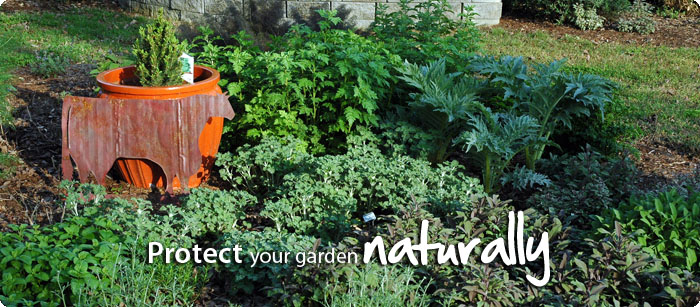
You have put a lot of hard work into your garden, and now it is time to protect it! The biggest pest problem you face is insects, and the easiest way to prevent insect damage is to create an ‘unfriendly environment’. Your best defense is a HEALTHY GARDEN. Here are a few tips:
Clean up: make sure that you keep your plants clean by picking off any dead or dying leaves and stems. Make sure to get rid of weak plants and take all of the plant material away from the garden area. You want to keep weeds and debris out of the garden as that is a perfect spot for insects to breed. Keep your tools clean, and disinfect if you have been working with infected plants.
Dry Foliage: We want you to provide your plants with water, but it is important that you water in such a way that you keep the foliage dry. Wet, soggy foliage encourages fungal growth, as well as insect infestation. The best time of day to water is in the early morning, as that allows the foliage to stay dry for the majority of the day. Drip irrigation is a great method to water the root system while leaving the foliage dry.
Feed Them: We recommend a diluted feeding of seaweed fertilizer once a week. Although it is a bit smelly, seaweed contains trace elements of iron, barium, calcium, sulfur, zinc and magnesium to encourage healthy growth and give them the strength to fight any potential disease. Our favorite product is made by Neptune’s Harvest: http://www.neptunesharvest.com/fs-191.html
Use Them: The more you use them, the better. Spending time pinching back, pruning or harvesting is time well spent. Routine inspection of your herb plants is a good means of not letting anything get out of control, and it is also a great way to relax.
Plant Based Insecticides: In the event that you need use an insecticide, we recommend using a plant based product. Plants actually produce many powerful chemicals to defend themselves against insects. Pyrethrum is a safe and natural insecticide made from certain species of chrysanthemum, has relatively low toxicity and breaks down quickly.






